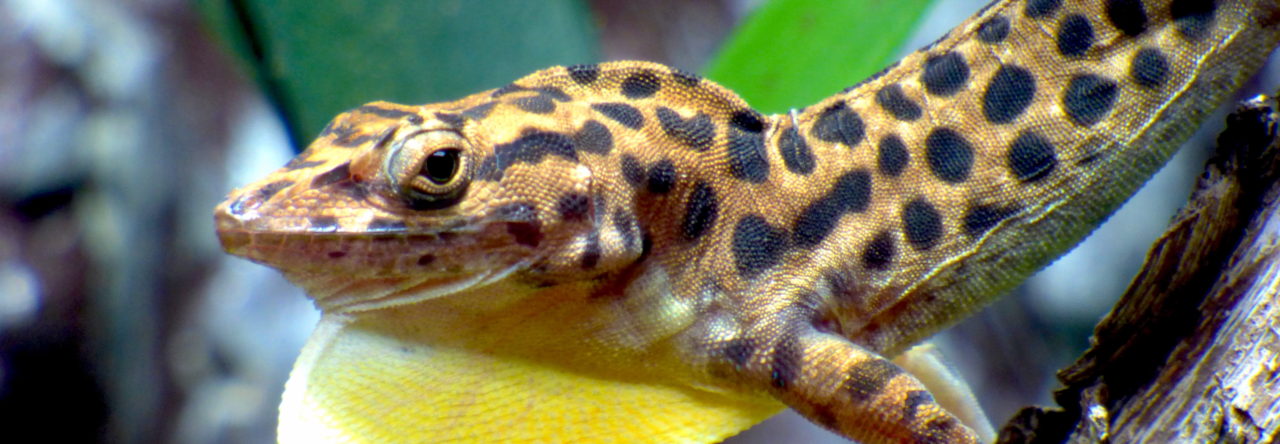Surprisingly few studies have examined how anole population density varies geographically, much less trying to explain why. In a recent study, McTaggart and colleagues surveyed herpetological abundance across Union Island (8.4 km2) in the Grenadines (near Grenada). Anolis aeneus was by far the most abundant herp on the island and was found almost everywhere. However, its abundance did vary from 0 to 62 individuals seen in visual encounters performed during the course of a morning and an afternoon. The sites lacking A. aeneus were a mangrove and a transect from a scrubby coastal hillock to a beach; overall, anole abundance was strongly correlated with vegetational complexity (categorized based on the number and variety of trees, height and connectedness of the canopy, and extent of human disturbance), perhaps not surprising for an arboreal lizard often found high in trees.
- Evolution in Real Time on Lizard Island - March 23, 2025
- Spider Snags Adult Anolis osa - March 22, 2025
- An Homage to the Green Anoles of New Orleans - March 21, 2025



Scantlebury
It’s kind of surprising they were absent from scrubby hillock – just a few km to the north is Mayreau island which is best described as a scrub jungle. I spend an afternoon and evening there hunting, and A. aeneus were simply everywhere.
Also, a few km to the east is Carriacou where they are also rather abundant (but this island is much wetter, and supports a nice broad-leaf forest). At night I noticed them sleeping way, way out on the tiniest of twigs while the much larger A. richardii slept closer towards the trunks.